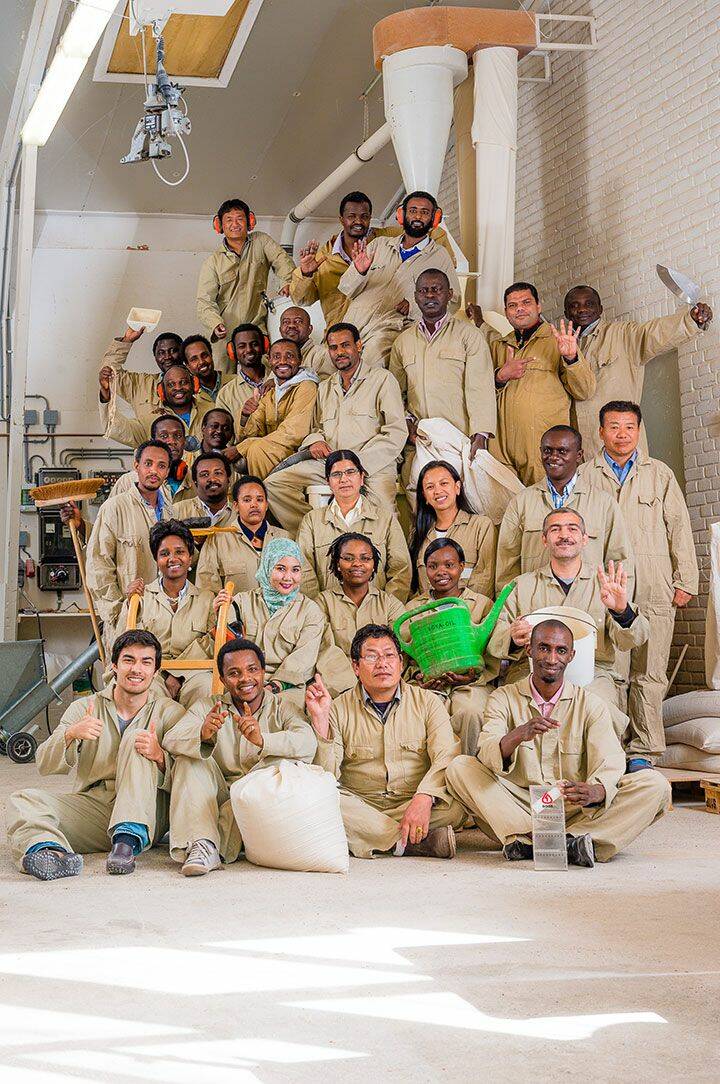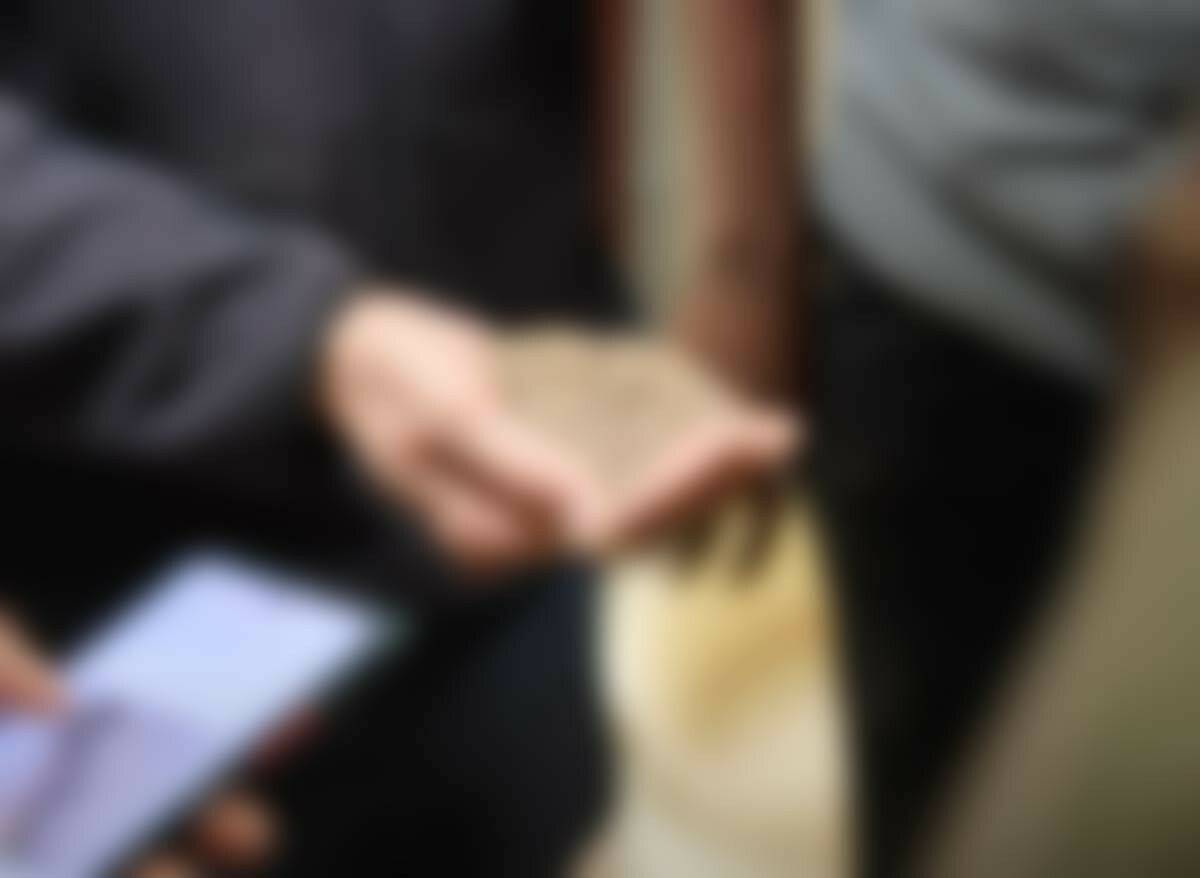the feed mill
Aeres Training Centre International (ATCI) has some very unique training facilities at its disposal. One of them is the feed mill, where trainer Hans Vink has been training students from all over the world for over 35 years.
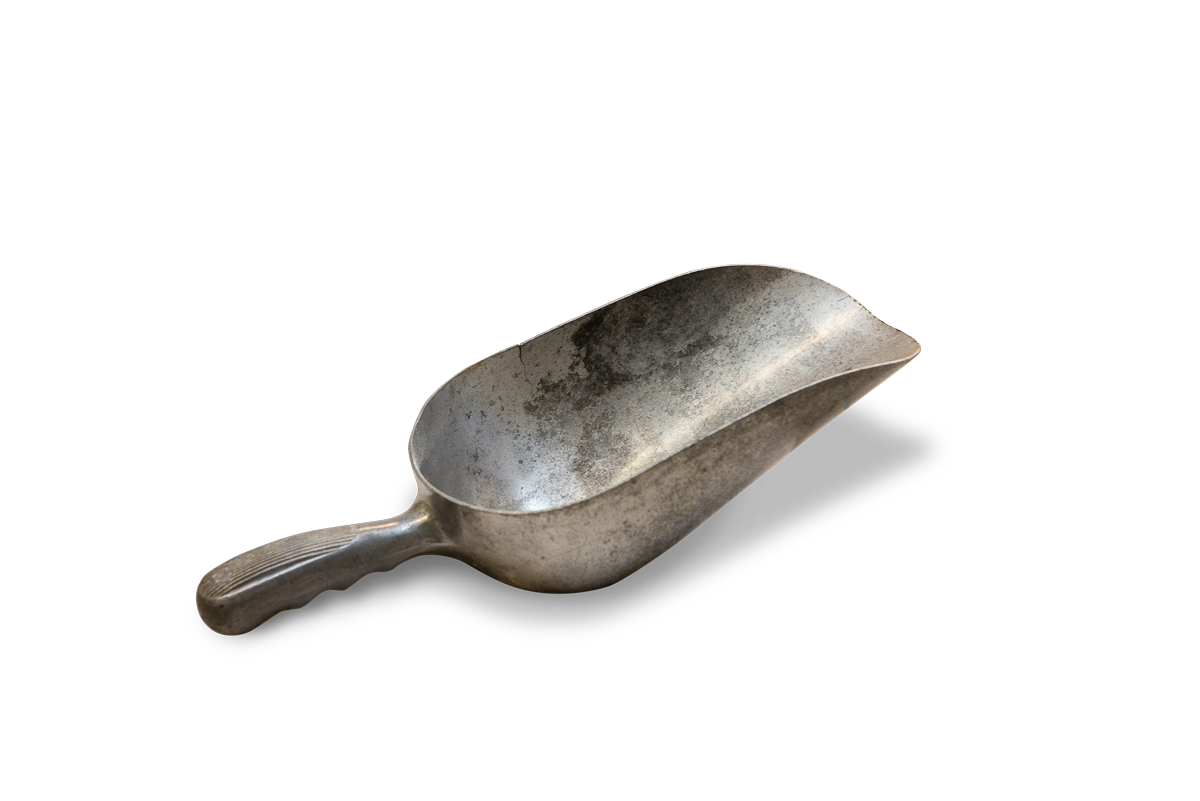
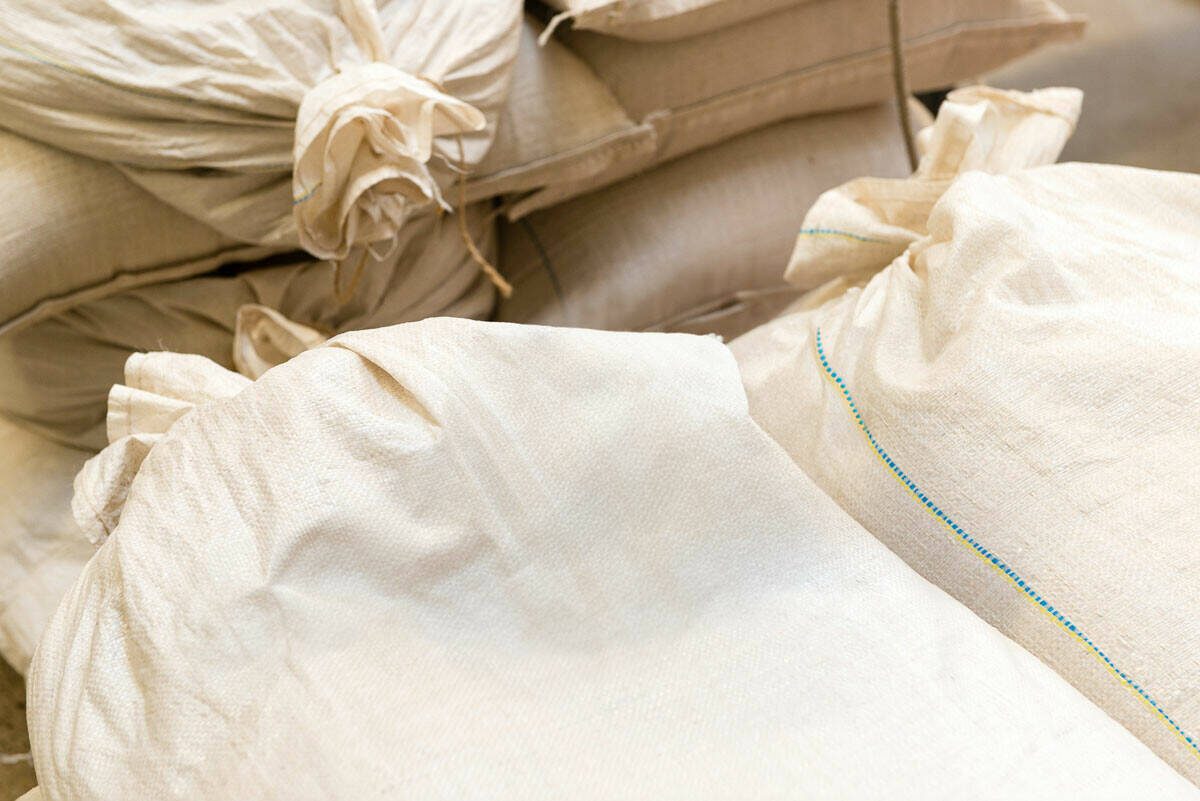
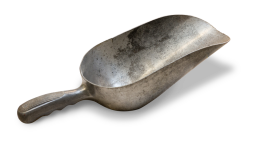
The feed mill was set up 1987. Looking back at the developments within the sector, a lot has changed overtime. “Worldwide the knowledge on feed production is developing. It will only be a matter of time before our students who now still might work in the traditional way, will all have to work as a process operator in a more automated environment. Roy Marissen also works at the feed mill. He gives trainings in Barneveld but also travels around the world for trainings. Consequently, he often sees with his own eyes how fast the industry is developing. “Everyone is going at his own pace, within his own range of possibilities”, he explains. “And that sometimes is surprising or in a way that seems inefficient to us. For example, we see completely modern, high tech feed mills, where dozens of workers are carrying bags with raw materials up flights of stairs to get them into the silos. That seems crazy to us. We have trucks coming in and there is not a single person who has to carry bags that way 20, 50 or even more kilos. But we cannot simply compare it to our situation. The infrastructure in those countries is incomparable to ours, but not only is it a matter of practical issues, but it is also to do with employment. By doing it this way, they are able to give dozens of locals a job, a way to provide for their family.”
And still, even though situations all over the world are different, one thing is for sure. Times are changing, the industry is developing. And it is up to Hans and Roy to prepare students all over the world for those changes that are ahead of them.

The feed mill consists of two parts, a fully up to date, modernised part where students learn how to function as a process operator, but also a more traditional part. A part that is less automated and requires more actions from the students. Having both parts to his disposal, is of a great value to Hans Vink. “In the more traditional part of the feed mill, we work with small groups. They all get to practice every single part of the process. The smaller the group, the more specific the lessons get. In here about eight students will learn every aspect of feed milling. They will learn more about feed formulation, how to select the right sieves and all those parts of the process. When they leave this place, every single student has to know how to produce feed.”
In this part they learn how to operate the machines and how to make quality feed for different animals such as pigs, goats, cattle and poultry. “For most of the students the traditional feed mill is comparable to the ones they have access to at home”, Hans Vink explains. “But the world is changing and developing rapidly. That is why we also want to get them familiar with the more automated way of making feed. That way we can prepare them for the future!”

All the students that follow a course at ATCI, sooner or later get lessons in the feed mill. But not only international students are trained here. The feed mill is a learning place for Dutch Aeres students as well as professionals from the feed industry. Hans Vink explains there is a longstanding cooperation between Aeres and feed producers like De Heus. “When their operators have to follow their education, some modules will take place here, in our own feed mill. Here they can learn in a fully functional feed mill. They will learn how to operate the machines, how to make formulations, how to monitor the process and how to analyse the final product.”
The feed mill is located on campus. It was built in the 80s and Hans Vink started giving training there in 1987. With due pride he opens the doors to give us a look behind the scenes of this unique training facility.


Training FeedtechKenya Aeres Training Centre International october 2022


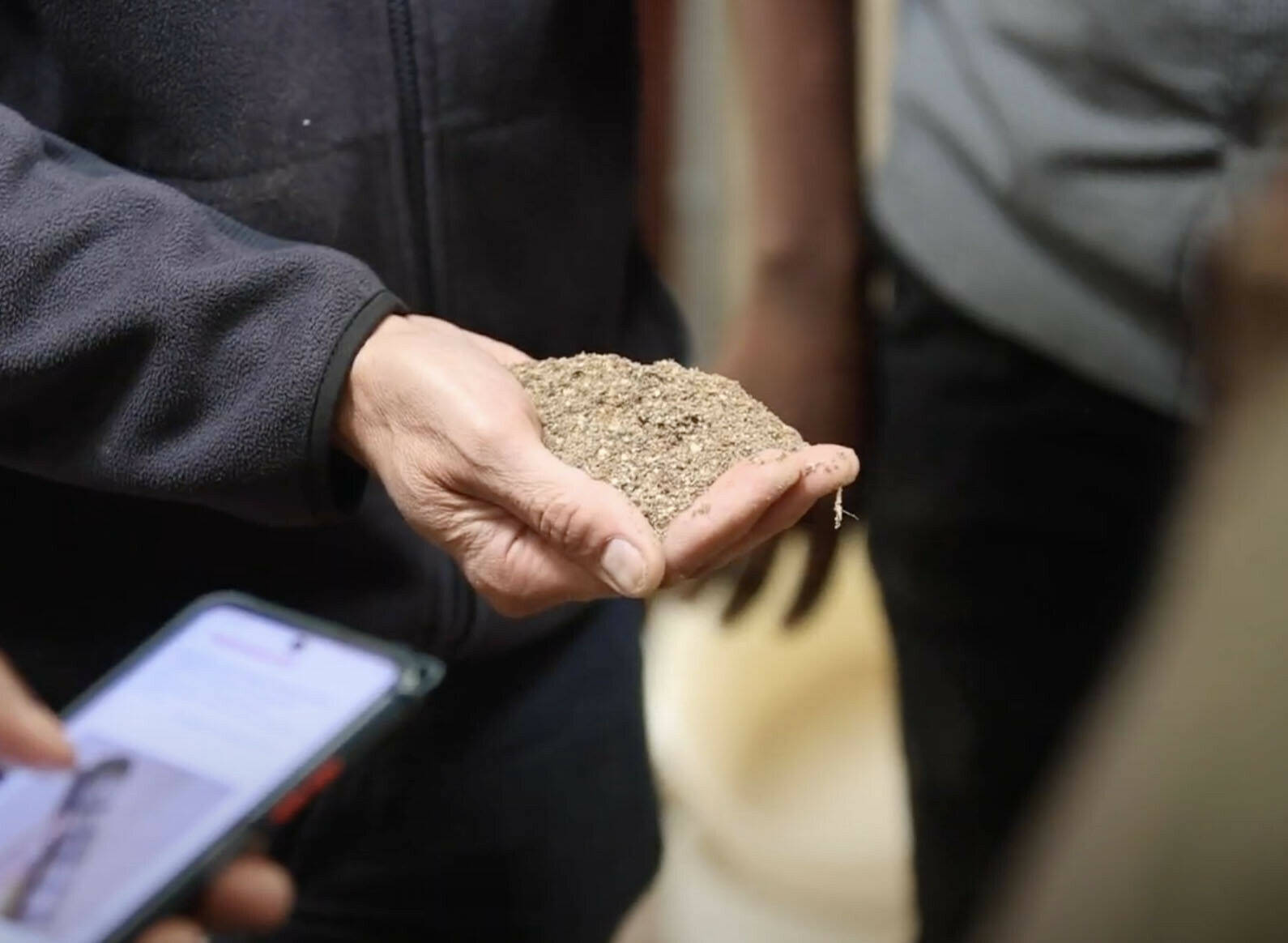

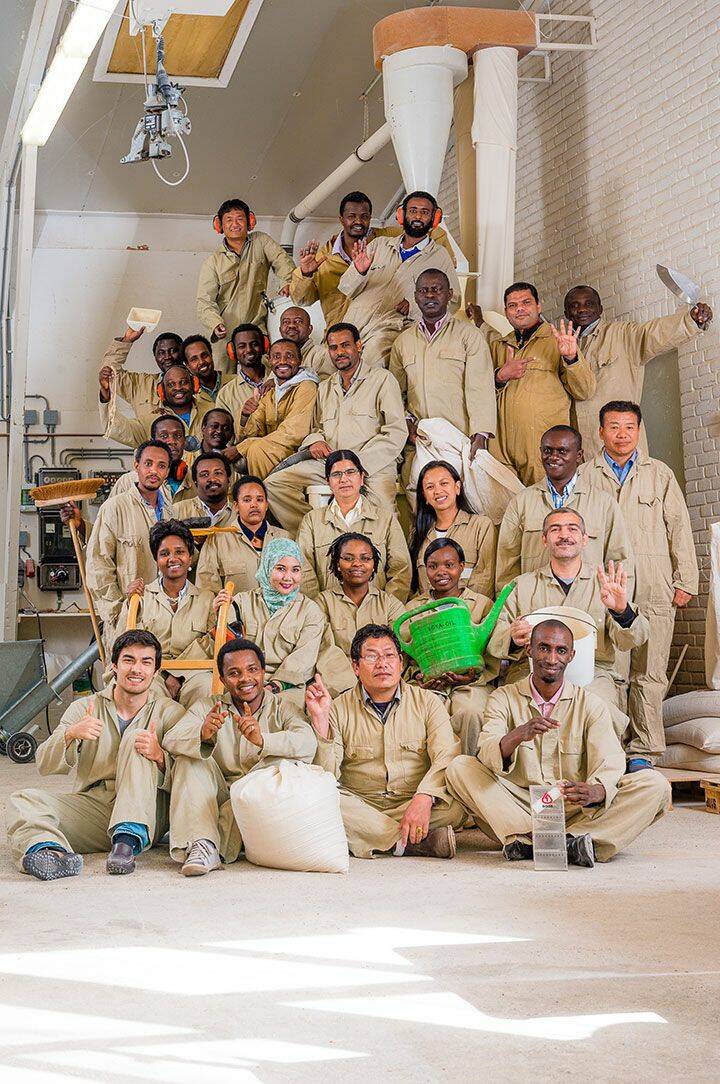
Aeres Training Centre International (ATCI) has some very unique training facilities at its disposal. One of them is the feed mill, where trainer Hans Vink has been training students from all over the world for over 35 years.
the feed mill
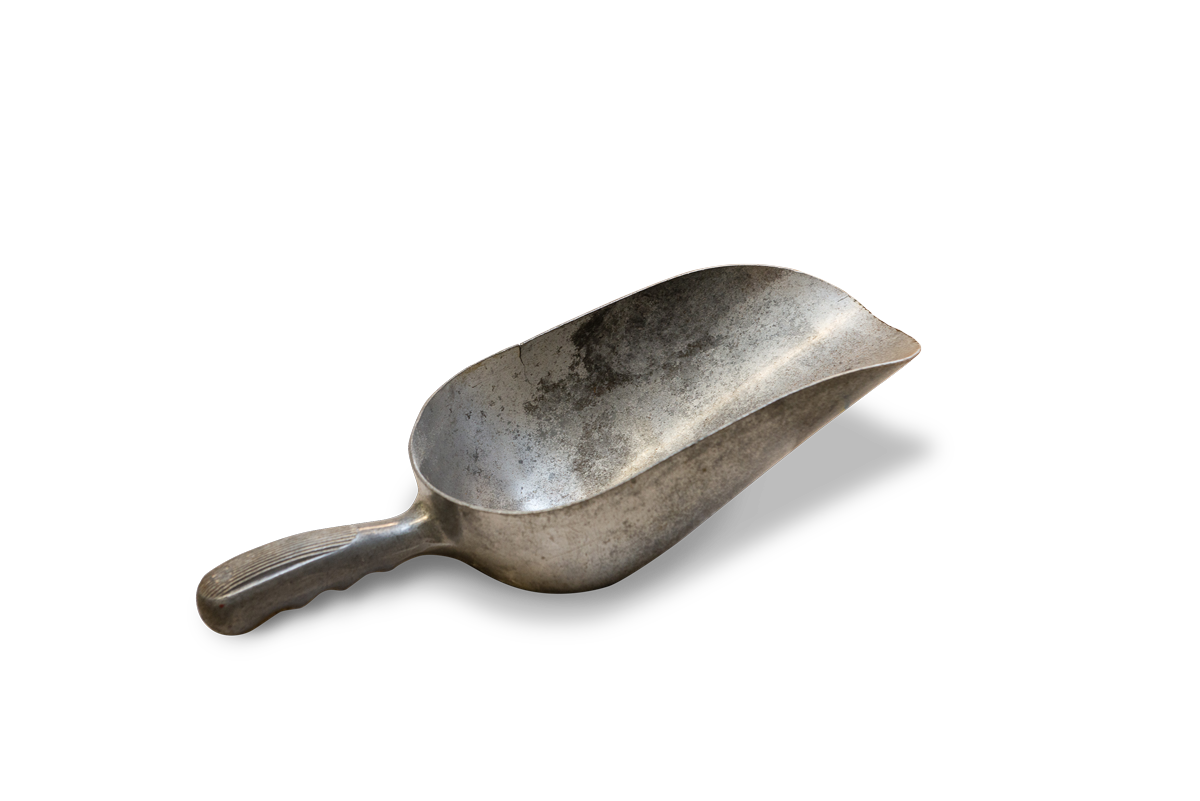


The feed mill was set up 1987. Looking back at the developments within the sector, a lot has changed overtime. “Worldwide the knowledge on feed production is developing. It will only be a matter of time before our students who now still might work in the traditional way, will all have to work as a process operator in a more automated environment. Roy Marissen also works at the feed mill. He gives trainings in Barneveld but also travels around the world for trainings. Consequently, he often sees with his own eyes how fast the industry is developing. “Everyone is going at his own pace, within his own range of possibilities”, he explains. “And that sometimes is surprising or in a way that seems inefficient to us. For example, we see completely modern, high tech feed mills, where dozens of workers are carrying bags with raw materials up flights of stairs to get them into the silos. That seems crazy to us. We have trucks coming in and there is not a single person who has to carry bags that way 20, 50 or even more kilos. But we cannot simply compare it to our situation. The infrastructure in those countries is incomparable to ours, but not only is it a matter of practical issues, but it is also to do with employment. By doing it this way, they are able to give dozens of locals a job, a way to provide for their family.”
And still, even though situations all over the world are different, one thing is for sure. Times are changing, the industry is developing. And it is up to Hans and Roy to prepare students all over the world for those changes that are ahead of them.

The feed mill consists of two parts, a fully up to date, modernised part where students learn how to function as a process operator, but also a more traditional part. A part that is less automated and requires more actions from the students. Having both parts to his disposal, is of a great value to Hans Vink. “In the more traditional part of the feed mill, we work with small groups. They all get to practice every single part of the process. The smaller the group, the more specific the lessons get. In here about eight students will learn every aspect of feed milling. They will learn more about feed formulation, how to select the right sieves and all those parts of the process. When they leave this place, every single student has to know how to produce feed.”
In this part they learn how to operate the machines and how to make quality feed for different animals such as pigs, goats, cattle and poultry. “For most of the students the traditional feed mill is comparable to the ones they have access to at home”, Hans Vink explains. “But the world is changing and developing rapidly. That is why we also want to get them familiar with the more automated way of making feed. That way we can prepare them for the future!”

All the students that follow a course at ATCI, sooner or later get lessons in the feed mill. But not only international students are trained here. The feed mill is a learning place for Dutch Aeres students as well as professionals from the feed industry. Hans Vink explains there is a longstanding cooperation between Aeres and feed producers like De Heus. “When their operators have to follow their education, some modules will take place here, in our own feed mill. Here they can learn in a fully functional feed mill. They will learn how to operate the machines, how to make formulations, how to monitor the process and how to analyse the final product.”
The feed mill is located on campus. It was built in the 80s and Hans Vink started giving training there in 1987. With due pride he opens the doors to give us a look behind the scenes of this unique training facility.
